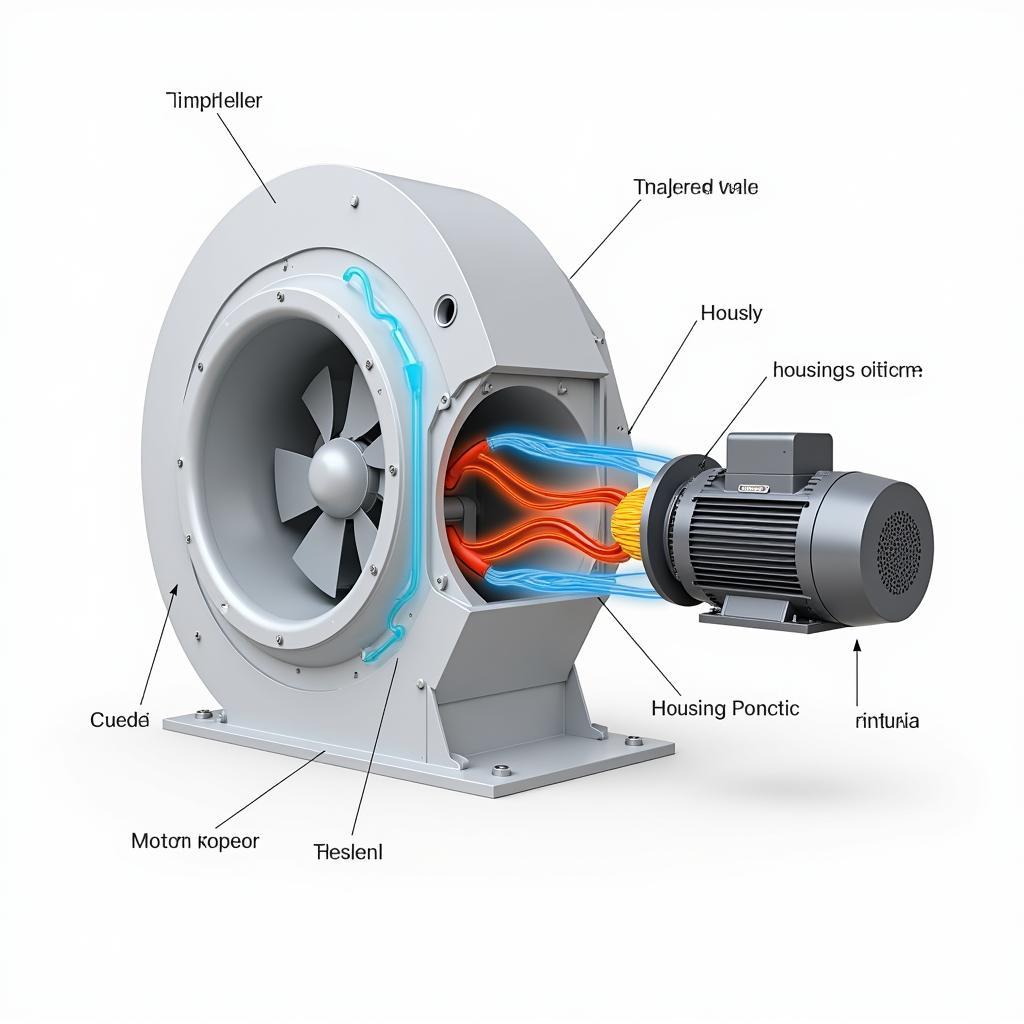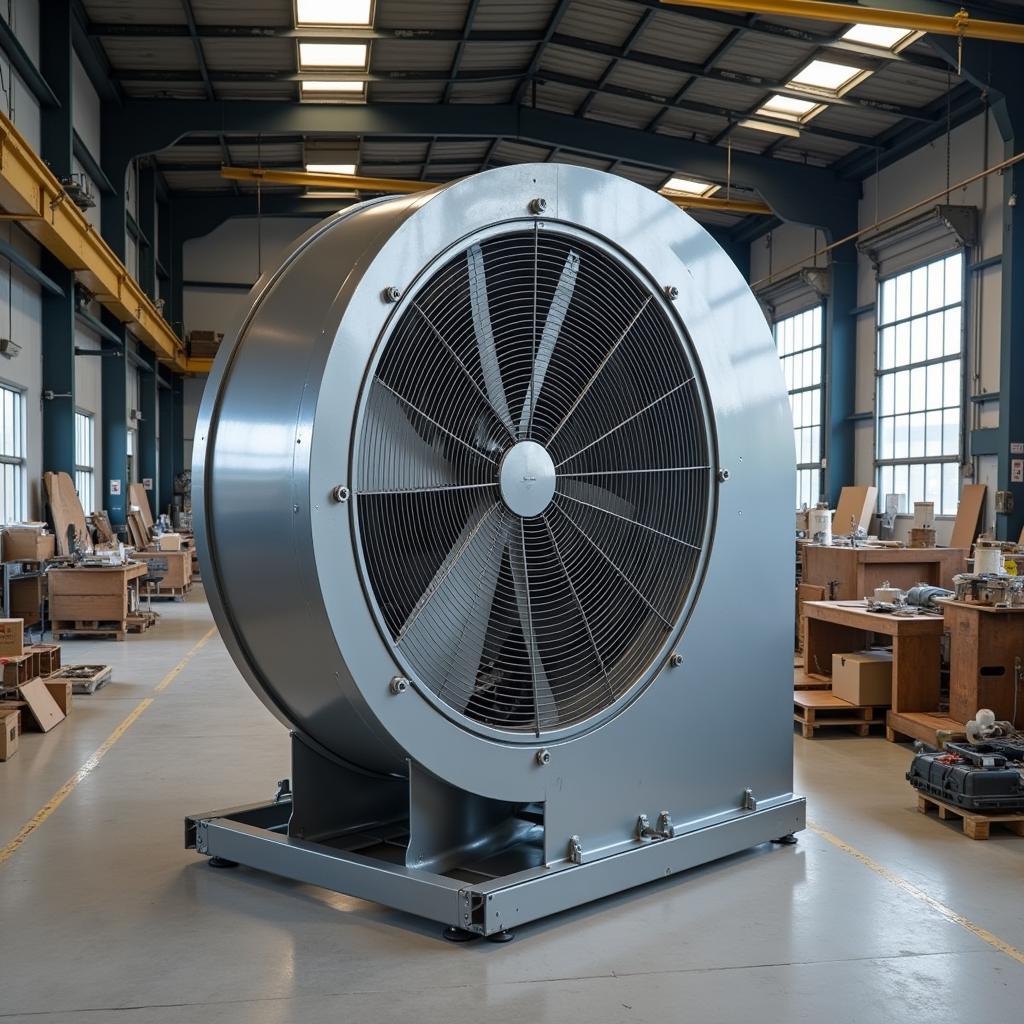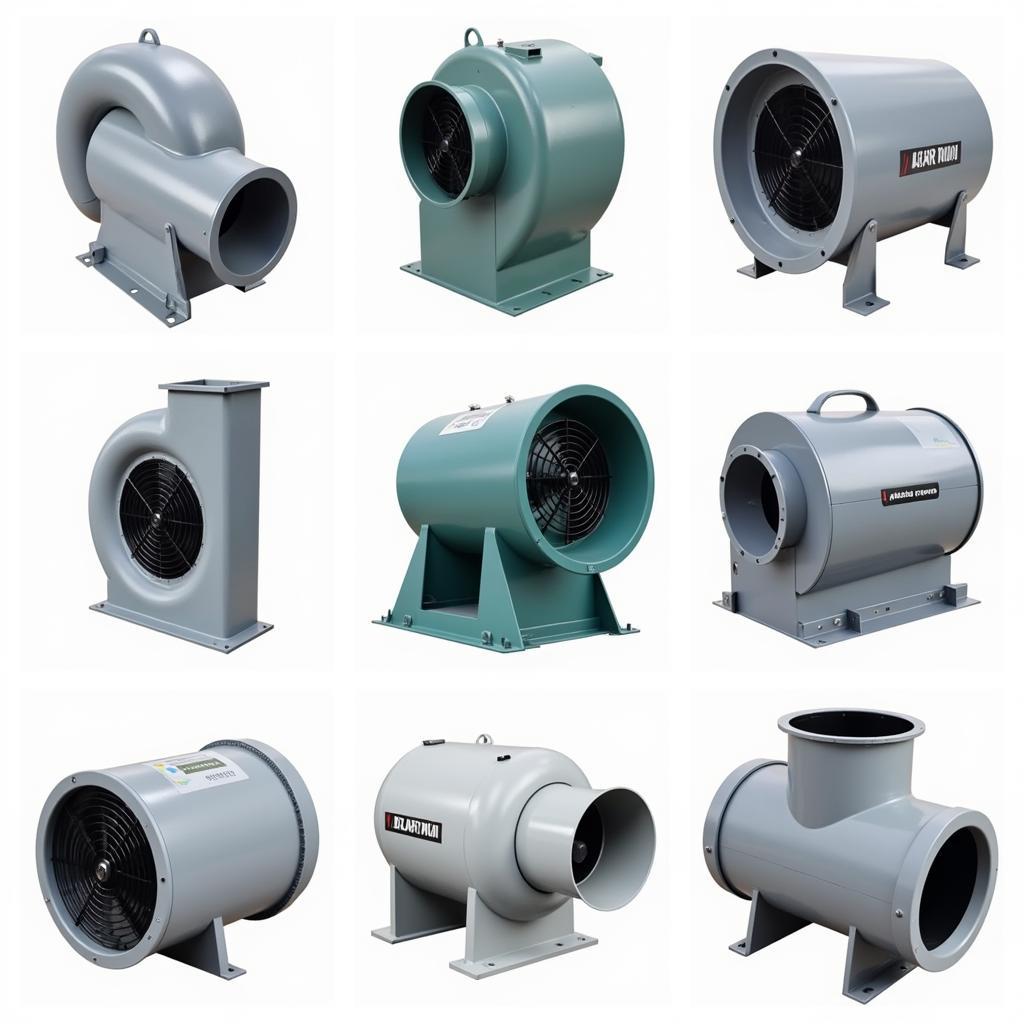Aeration Fans, also known as air movers, are powerful tools that play a crucial role in various applications, from drying wet surfaces to improving air circulation. These versatile devices utilize high-velocity airflow to accelerate evaporation, enhance ventilation, and create a more controlled environment.
How Aeration Fans Work
Aeration fans operate on a simple yet effective principle: generating airflow to facilitate drying, ventilation, or cooling. They achieve this by drawing in air from the surrounding environment and expelling it at a higher velocity in a focused direction. The increased airflow promotes evaporation by removing moisture-laden air and replacing it with drier air, accelerating the drying process.
Types of Aeration Fans
Axial Fans
Axial fans are the most common type of aeration fan, characterized by their propeller-like blades that move air parallel to the fan’s axis. They excel at moving large volumes of air at relatively low pressures, making them suitable for applications like drying carpets and floors, ventilating enclosed spaces, and providing cooling breezes.
Centrifugal Fans
Centrifugal fans, on the other hand, utilize a different mechanism. They feature a rotating impeller housed within a scroll-shaped casing. As the impeller spins, it draws air in centrally and propels it outward radially, creating higher pressure airflow. Centrifugal fans are particularly effective in applications requiring focused air movement, such as drying tight spaces, inflating structures, and powering air knives for dust removal.
 Centrifugal Aeration Fan Components
Centrifugal Aeration Fan Components
Applications of Aeration Fans
Aeration fans find applications in a wide range of industries and settings, including:
- Water Damage Restoration: Drying wet carpets, floors, walls, and furniture after flooding or leaks.
- Construction: Curing concrete, drying paint, and ventilating newly constructed buildings.
- Event Management: Drying stages, inflating structures, and creating wind effects for special events.
- Agriculture: Drying crops, ventilating greenhouses, and controlling humidity levels.
- Industrial: Cooling machinery, removing dust and fumes, and providing ventilation in factories and warehouses.
Benefits of Using Aeration Fans
Faster Drying Times
Aeration fans significantly reduce drying times by promoting rapid evaporation. They remove moisture-laden air and replace it with drier air, accelerating the drying process and preventing mold and mildew growth.
Improved Ventilation
 Aeration Fan for Warehouse Ventilation
Aeration Fan for Warehouse Ventilation
By circulating air, aeration fans create a healthier and more comfortable environment by removing stale air and reducing humidity levels. This is particularly beneficial in enclosed spaces, preventing the buildup of pollutants and allergens.
Enhanced Air Quality
Aeration fans can also improve air quality by removing dust, pollen, and other airborne particles. They achieve this by creating a constant airflow that prevents these particles from settling on surfaces.
Choosing the Right Aeration Fan
When selecting an aeration fan, several factors should be considered:
- Airflow Capacity: Measured in cubic feet per minute (CFM), determines the fan’s ability to move air. Larger spaces require fans with higher CFM ratings.
- Static Pressure: Refers to the fan’s ability to overcome resistance to airflow. Applications with ducts or filters require fans with higher static pressure capabilities.
- Power Consumption: Measured in watts or amps, indicates the fan’s energy efficiency.
- Noise Level: Expressed in decibels (dB), an important consideration for noise-sensitive environments.
Maintaining Your Aeration Fan
Proper maintenance ensures the longevity and optimal performance of your aeration fan. Here are some essential maintenance tips:
- Regular Cleaning: Dust and debris can accumulate on the fan blades and housing, reducing efficiency. Regularly clean the fan using a damp cloth or vacuum cleaner.
- Inspect for Damage: Check for any signs of damage, such as cracks, loose parts, or frayed cords. Address any issues promptly to prevent further damage.
- Store Properly: When not in use, store the fan in a dry and well-ventilated area to prevent moisture damage.
“Regular maintenance is key to ensuring the longevity and optimal performance of your aeration fan,” says John Smith, a leading expert in ventilation systems. “By keeping your fan clean and addressing any issues promptly, you can maximize its lifespan and effectiveness.”
Conclusion
Aeration fans are versatile tools that offer numerous benefits for various applications. From drying wet surfaces to improving ventilation and enhancing air quality, these powerful devices provide efficient and effective solutions. By understanding the different types of aeration fans, their applications, and maintenance tips, you can make informed decisions to meet your specific needs. Whether you’re dealing with water damage, improving indoor air quality, or enhancing industrial processes, aeration fans offer reliable performance and valuable benefits.
FAQs
Q: How long does it take for an aeration fan to dry a wet carpet?
A: The drying time depends on factors like room size, humidity levels, and the severity of the water damage. However, aeration fans can significantly reduce drying times compared to air drying alone.
Q: Can aeration fans be used outdoors?
A: Yes, many aeration fans are designed for both indoor and outdoor use. Look for fans with weather-resistant features for outdoor applications.
Q: Are aeration fans energy-efficient?
A: Aeration fans vary in energy efficiency. Look for fans with high CFM ratings and low power consumption for optimal energy savings.
Q: How loud are aeration fans?
A: Noise levels vary depending on the fan’s size and design. Consider fans with lower decibel ratings for noise-sensitive environments.
Q: Can I use an aeration fan to inflate an inflatable structure?
A: Yes, some aeration fans are powerful enough to inflate inflatable structures. Check the fan’s specifications to ensure it meets the required airflow capacity.
For further assistance or inquiries, please contact us at [phone number] or email us at [email address]. Our team of experts is available 24/7 to provide comprehensive support. You can also visit our website at [website address] for more information and resources.
 A Comprehensive Guide to Different Types of Aeration Fans
A Comprehensive Guide to Different Types of Aeration Fans
We encourage you to explore our other informative articles on our website, such as our guide on fan biet fertilizer manure dung.





